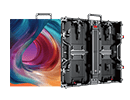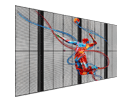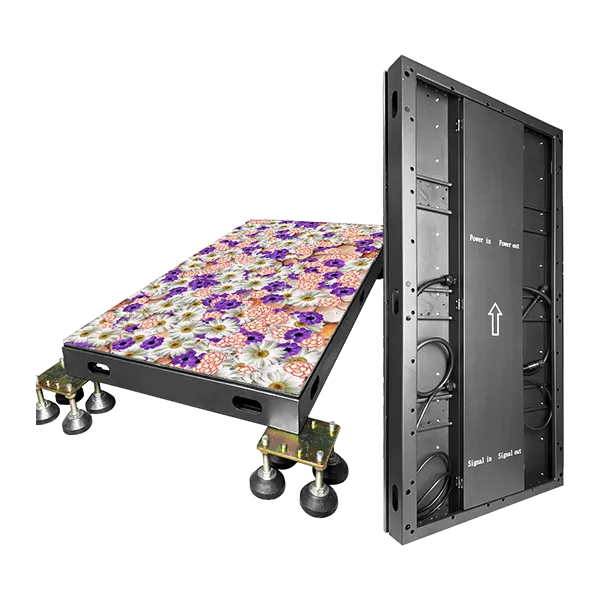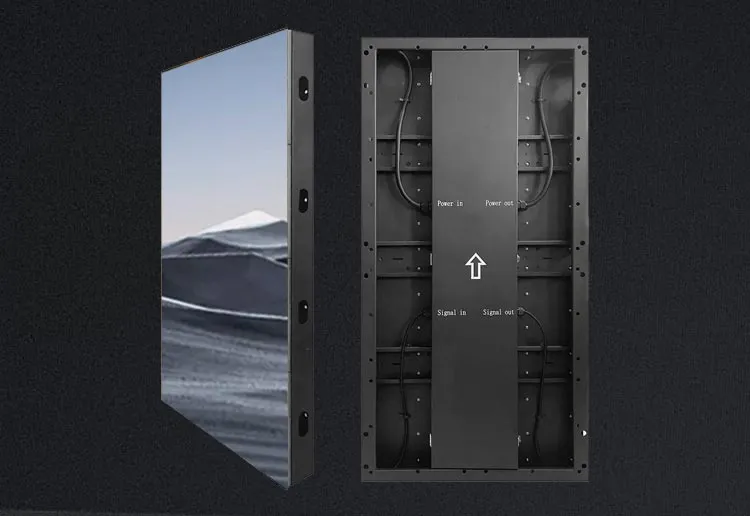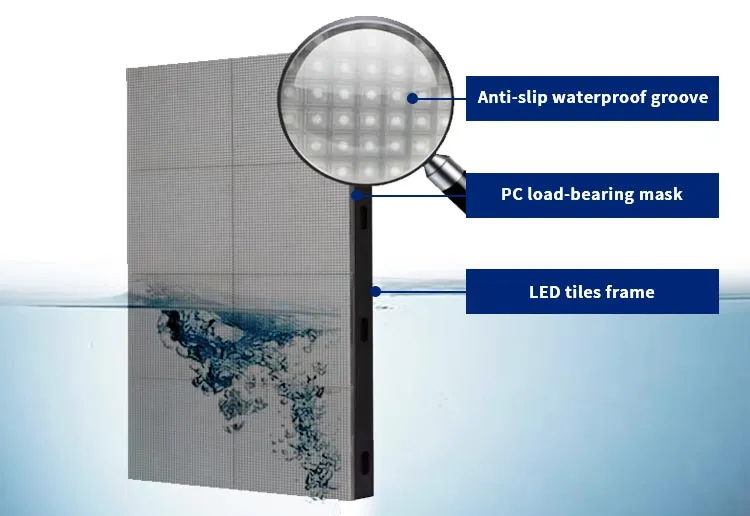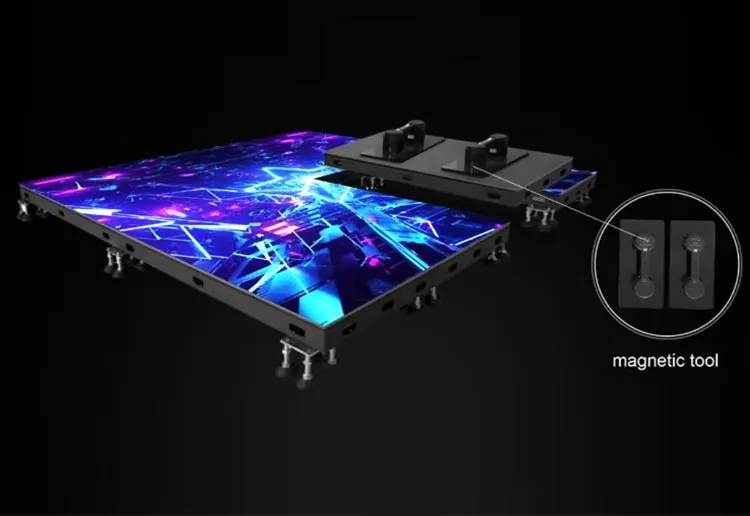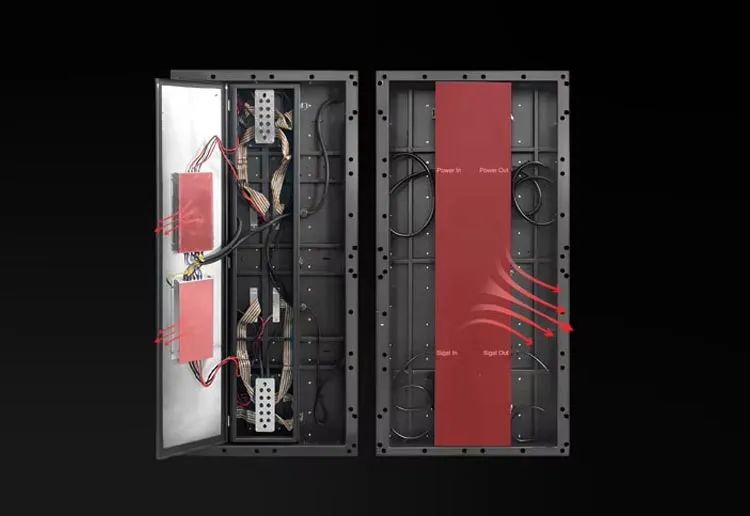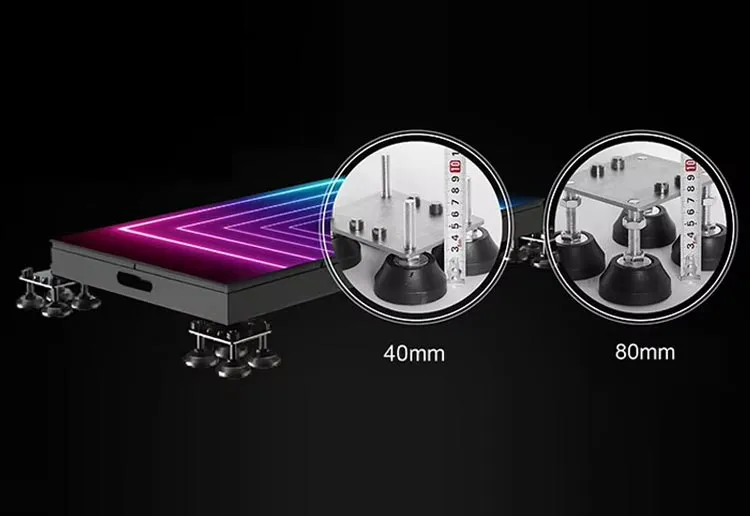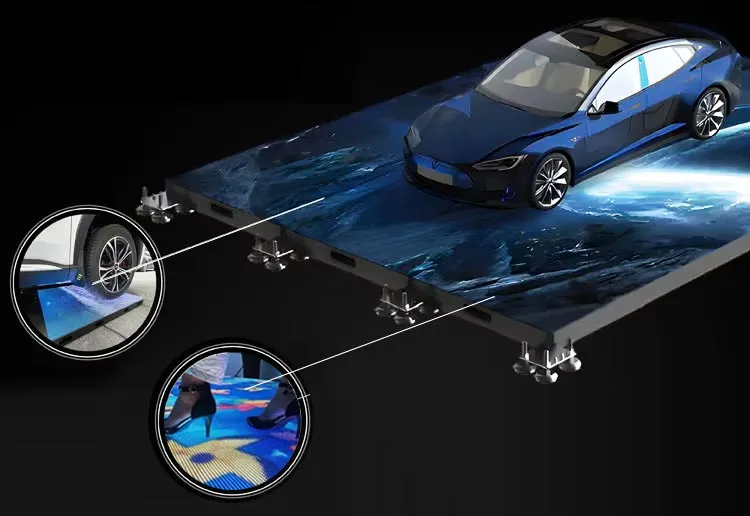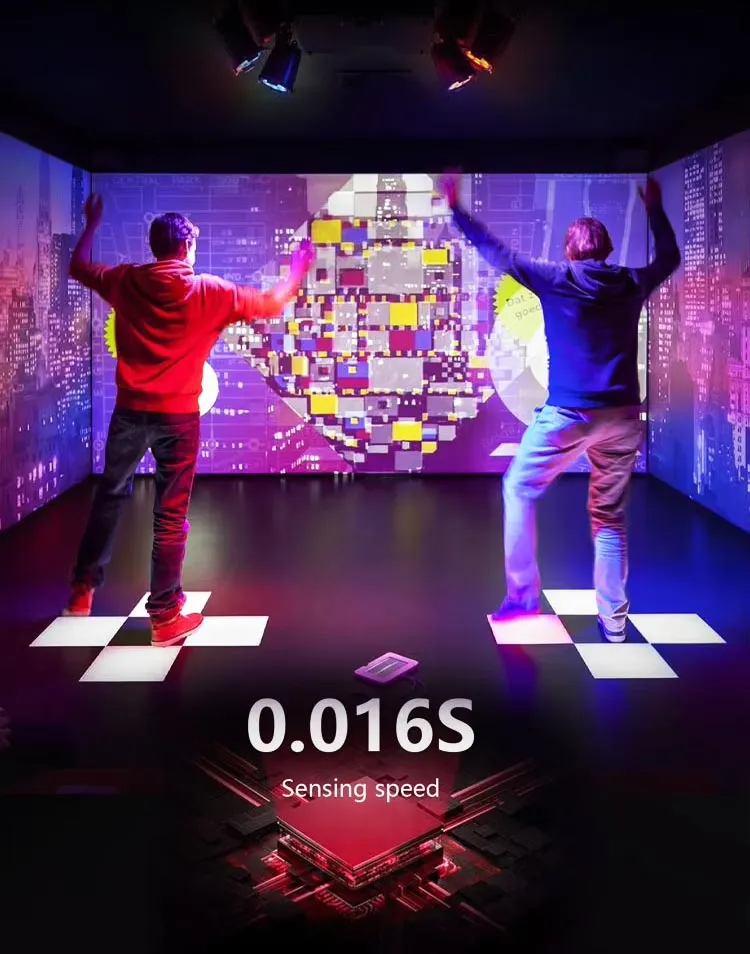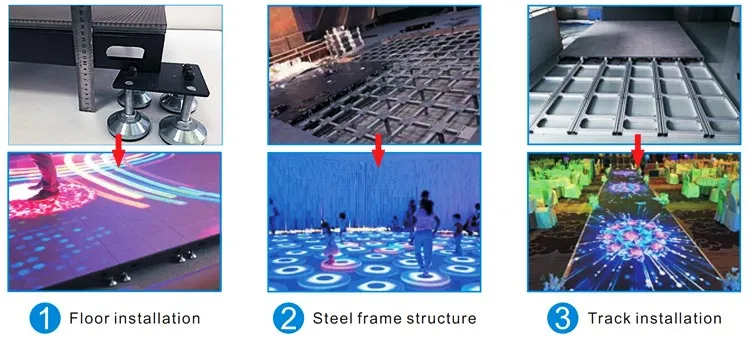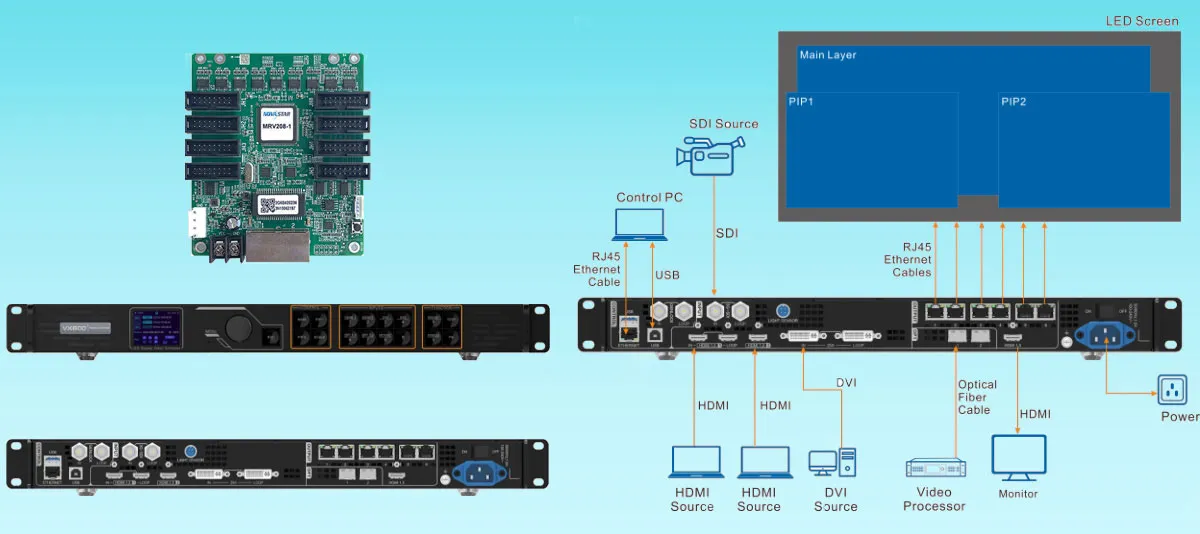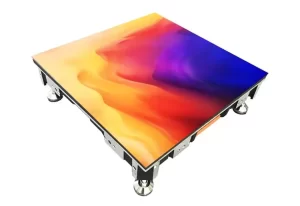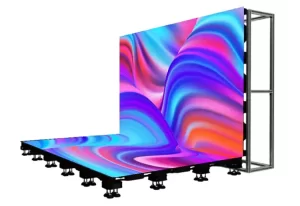How Does ReissDisplay Interactive Work?
ReissDisplay Interactive technology seamlessly integrates advanced sensor chips and real-time processing systems into display panels, allowing them to detect and respond to user interactions instantly. Here’s a step-by-step look at how it functions:
1. Built-in Sensor Chips
First, the display incorporates high-precision sensors—such as infrared, capacitive, or motion sensors—that detect touch, gestures, proximity, or even environmental changes. Additionally, these sensors operate continuously, ensuring both low latency and high responsiveness.
2. Real-Time Action Recognition
When a user interacts with the display (e.g., by touching, swiping, or moving nearby), the sensors immediately capture the input. Next, an embedded AI-powered processor analyzes the data in real time to determine the intended action—whether zooming, scrolling, or triggering dynamic content.
3. Instant Feedback for an Immersive Experience
Thanks to ultra-fast processing, the system delivers feedback in milliseconds, eliminating lag. Moreover, the display enhances engagement through dynamic responses such as animations, haptic feedback, or sound effects, resulting in a smooth and immersive interaction.
4. Practical Applications
Beyond technical performance, ReissDisplay Interactive excels in real-world use cases:
Retail & Advertising: Interactive store displays react to customer movements, thereby showcasing products in an engaging way.
Education & Exhibitions: Touchless gesture control enables intuitive navigation, making it ideal for public spaces.
Entertainment: Gaming and AR/VR experiences become even more lifelike with real-time interaction.
Key Advantages:
✔ Ultra-low latency for seamless responsiveness.
✔ Multi-sensor fusion ensuring precise detection.
✔ Adaptive AI that personalizes the user experience.
In summary, by combining cutting-edge sensing technology, rapid processing, and interactive feedback, ReissDisplay Interactive creates a fluid, intuitive, and captivating experience for users.



